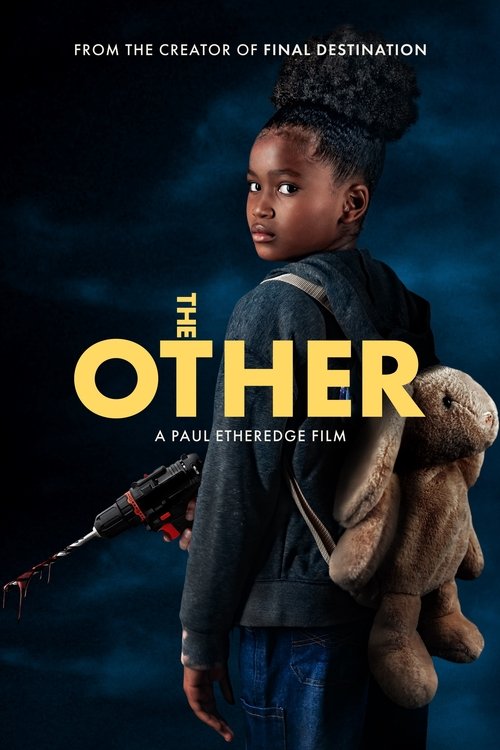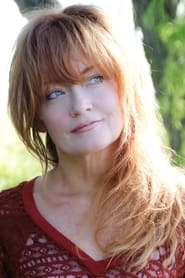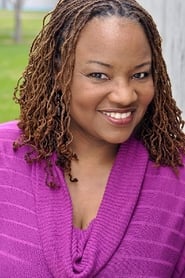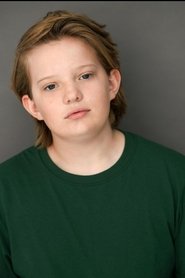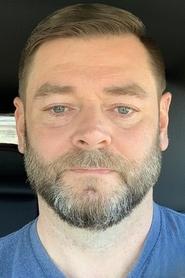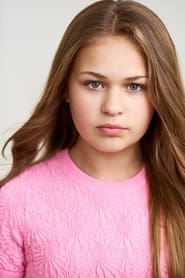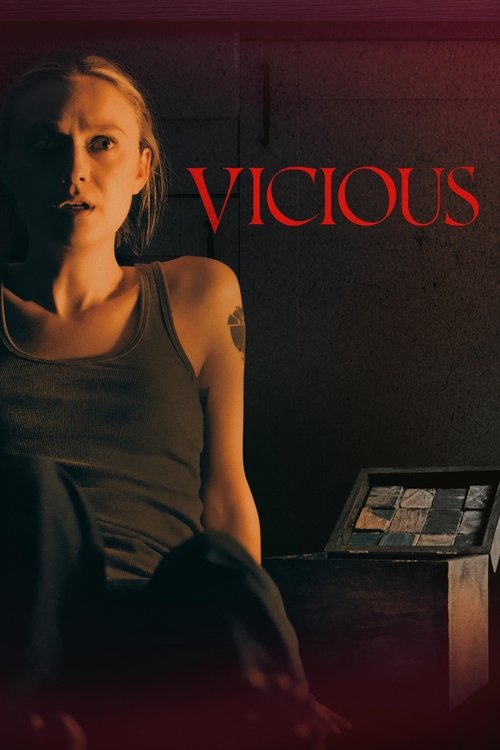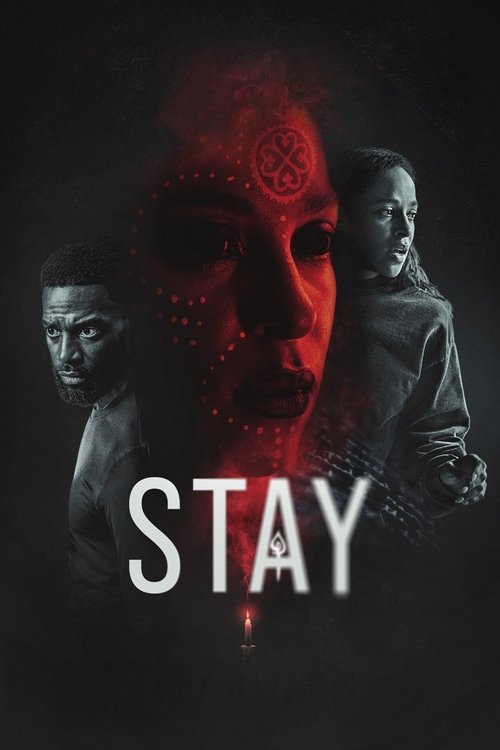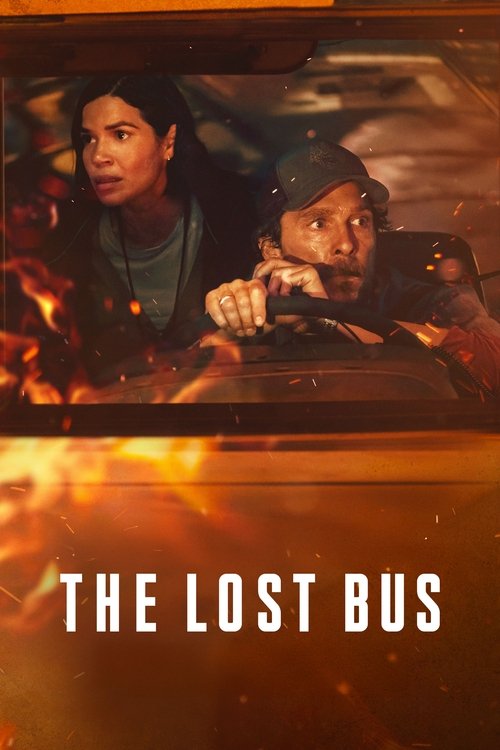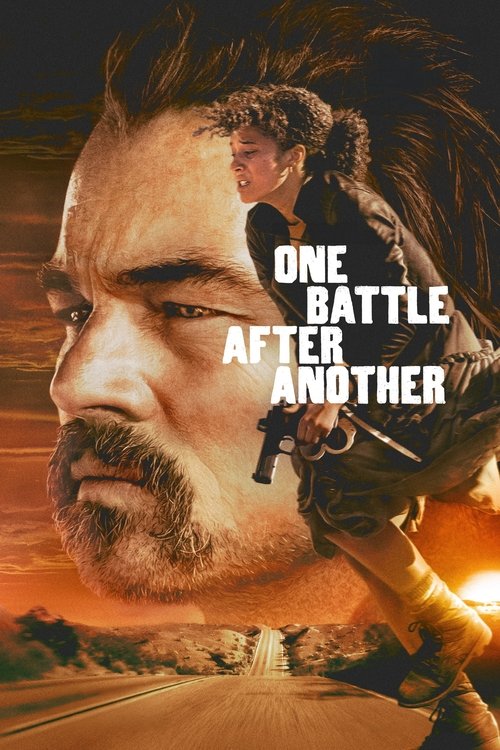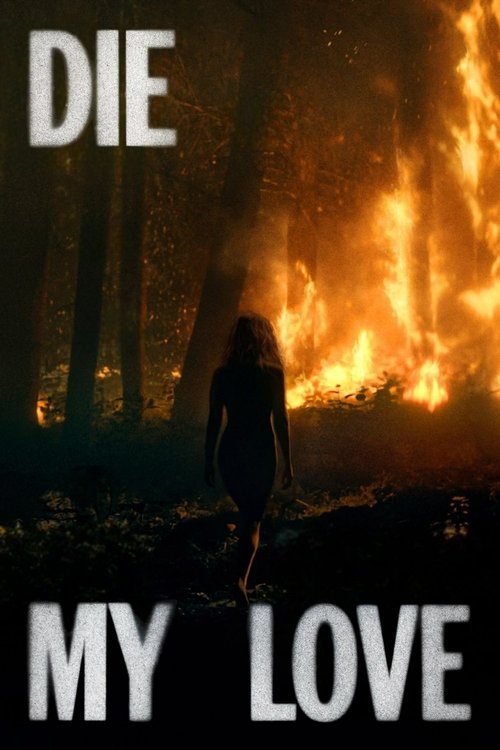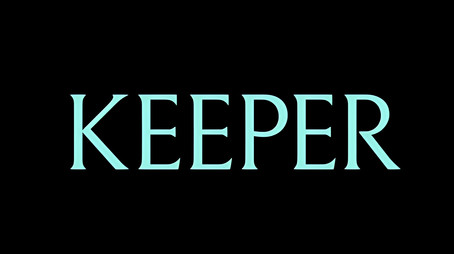
Ask Your Own Question
What is the plot?
The film opens in the rural Connecticut town of Pequot Landing in 1935. Twelve-year-old Niles Perry lives on his family's farm with a household of relatives after his father died the previous year when a cellar door collapsed. Niles shares every hour with his mischievous twin brother Holland; the brothers are inseparable and often pull each other into schemes. A family heirloom, a heavy ring engraved with a peregrine falcon that once belonged to their grandfather, figures in their days: Holland carries the ring early on, then presses it into Niles's hand as a gift, and the emblem becomes a private token between them.
Their home holds a scattering of adults and children. Alexandra, their mother, remains withdrawn and delicate after her husband's death; she speaks rarely and spends long hours in the parlor. Ada, the twins' grandmother, offers steady care and tells stories to the boys while she hums to herself and patches shirts. Aunt Vee, Uncle George, their daughter Torrie and Torrie's husband Rider live and work at the farm, and Leno Angelini and other farmhands perform chores in and around the fields and barn. The family keeps to old routines, but under the surface Holland's impishness pushes at boundaries.
One afternoon Holland cajoles Niles into sneaking into Mrs. Rowe's house to take preserves. Holland slips a jar off the pantry shelf; the glass shatters on the floor. Holland laughs and pushes the blame toward Niles when Mrs. Rowe discovers the mess. The episode ends with the boys fleeing, but the incident foreshadows Holland's growing willingness to place blame and to create chaos.
On another outing Holland leads Niles toward the cellar, an area declared off-limits since their father's accident and death in the collapsed cellar door. Holland dares Niles to look inside the dark space; when Niles balks, Holland forces the entrance and teases his brother about courage. Later, Holland's temper escalates when he catches a pet rat. He kills the rodent in a brutal burst of anger, and Niles, horrified, digs a small grave in a patch of grass and buries the animal. Niles walks home with dirt under his nails and seeks his mother's comfort; Alexandra cradles him for a moment but quickly draws away into her quiet grief.
The twins slip away another evening to the traveling carnival that passes through Pequot Landing. Among the oddities Niles watches a magician named Chan-yu perform sleight-of-hand and stage illusions. He studies Chan-yu's hands and the simple gadgets used in exercises of misdirection; Niles imagines himself mastering such tricks. Holland, absurd and showy, later dresses as a magician at a small family gathering and stages a cruel joke. He produces a live rat as part of his trick; where Chan-yu's illusions charm, Holland's mimicry feels mean-spirited and threatening to Niles.
Ada sits with Niles on the porch and teaches him to imagine himself as a crow flying above the farm; the lesson is a tender attempt to give him perspective and resilience. On a hot afternoon Ada and Niles watch the hay being pitched into the loft, and the boys play among the bales. Suddenly a scream rends the air: their cousin Russell has impaled himself on a pitchfork as he climbs among the hay. The film lingers on the scene as family members rush toward the loft; Leno Angelini stands over the body, shaking and sobbing, and tells others that he is responsible, as he was handling tools nearby. Niles kneels in the dust with his hands trembling and says nothing at first; later he pulls Leno aside and whispers that the pitchfork had been set in a way that made the accident possible. The camera follows Niles's gaze to a crude arrangement of tools and boards--an arrangement that Niles later insists was a trap.
After Russell's death suspicion and tension thread through the family. Niles discovers, while rummaging, a wrapped item tucked into the rafters: a severed finger wrapped in tissue. He peels back the layers and finds the finger belongs to his twin; a ring clings to the fingertip, the family falcon emblem embedded in the metal. The discovery breaks something open in Niles's memory. He begins to remap recent events and recalls that on the boys' last birthday Holland fell into the old well behind the property while attempting a reckless prank. Niles remembers the day as if through mist--Holland clutching the edge of the stonewell, laughing, then slipping, and the hand going slack. Neighbors and relatives scramble to get ropes and a ladder; they hoist Holland's body up, pale and swollen, and the town believes the boy to be dead. The film shows the old well's black mouth and Holland's lifeless form dragged free, water dripping from his hair.
The household warps after Holland's fall. At times Holland's presence seems to stretch beyond the grave; other family members hear noises, see a shadow at the edge of vision, and objects are rearranged. Niles alternates between moments of tender recollection and sharp accusation. He confronts imagined versions of Holland in his room and tells him that his pranks have consequences. He accuses his brother of deliberately arranging the pitchfork so Russell would die, and he accuses him of more: the disappearance of the new baby daughter that Torrie and Rider have brought to the family. During a violent thunderstorm the infant vanishes from the cradle; the search ends with no sign of the child. Torrie collapses to her knees in the kitchen and wails; Rider slams his fists into the pantry door. The family spreads out through the night with lanterns, shouting each other's names into the rain.
The next day the search turns up a body. Someone strays to the back of the wine cellar and looks into a wooden barrel; the film cuts quickly to show the pale, small face of the baby floating between the ribs of a barrel previously used for aging wine. Torrie and Rider fall to the dirt and fjord-loud sobs tear from their throats. Ada runs to the barn and vomits, then returns to sprinkle holy water around the threshold. The discovery prompts a furious breakdown of order: the family gathers at the kitchen table and argues. Niles sits mute, pressing the family ring in his palm. He watches Ada move from room to room, checking locks and bolting doors.
Alexandra, shaken more by grief than before, begins to keep to her bed. One afternoon, as she descends the main stair, she catches sight of a shadow at the turn and loses her footing. She tumbles down the steps, striking wood and stone; the camera tracks her body as it crumples at the foot of the stairs. Family rushes to her; Alexandra lies still, eyes glassy, and thereafter she cannot speak and her lower body is paralyzed. Doctors and neighbors come, lay hands on her and pronounce her in shock; someone whispers about a bad fall. Niles stands at the doorway and says nothing, though he remembers glimpsing someone--Holland's outline--at the landing just before Alexandra fell. He bangs his fist against the wall and tells no one what he saw.
Accusations build in private. Niles begins to insist to Ada and to himself that Holland, even in death, is enacting a chain of harm. He says Holland wanted the ring back; he says Holland cannot let them be happy. Ada sits late one night and listens to Niles's litany and then explains, calmly but with exasperation, that death is part of life and that children sometimes invent imaginary companions to process loss. She takes Niles's face in her hands and tells him to imagine companionship that gives him courage. But Niles's insistence grows less like a complaint and more like a strategy: he plans to take Holland's ring back from the corpse.
One heated scene moves into action when Niles goes out to the old well on the cliffs beyond the farm. He pries open the rotting lid and descends with a rope tied to his waist. In the cold dark he finds the place where Holland's body lay and photographs--if any--are meaningless here; instead he finds what he expects: the dead hand, swollen and discolored, clutching the metal falcon ring. Niles cuts at the ring with a pocketknife but the skin does not give. He climbs back up and runs into the barn where the family keeps its tools. He drags a saw and returns; with hands shaking he holds the swollen hand on his knee and slices through knuckle and tendon. He severs Holland's finger, cutting through damp grey flesh with a series of frantic sawing motions. Blood smears Niles's palms as he wrests the finger away and slides the ring onto his own finger. The act is gruesome and quiet; no adult intervenes. Afterwards Niles buries the amputated finger in the dirt beside the little grave where he earlier buried the rat.
The family's fear moves outward into the farm. Ada, believing in strong measures, gathers three old tins of kerosene late one midnight and drags them to the barn and the wine cellar. She pours a ring of the liquid around the barn's perimeter and slathers the floor beneath the loft with it, muttering a litany of names as she works. Torrie and Rider confront her, but Ada's hands are steady; she tells them she will not let whatever is haunting them remain on the property. She lights a match, then stops and asks Niles whether this will be enough to stop Holland. Niles answers with a blank stare. Ada strikes the match again and tosses it on the floor near the stacked hay.
Flames leap. The barn's timbers catch with a hungry roar. Horses and tools burn; the wine barrels crack and give off steam. Family members run to pull what they can from the blaze, but the inferno swallows the back half of the property before the hose reaches it. The camera watches flames climb through the loft, and embers fly into the night sky. Ada stands at the barn door and watches it collapse in on itself; she does not run. Her face registers a fierce hollow calm as smoke curls around her hair. In the aftermath, family members stand in the muddy yard and watch the blackened skeleton of the barn smolder. No one claims direct blame for the burning; they say the wind carried a stray spark, or that the hay was dry. Later, someone finds the charred remains of a small body in the ash; no one cries aloud, they only lower their faces and shake their heads.
As the farmhouse and the ruined barn simmer in the new daylight, townspeople and relatives come by to survey the damage. Torrie and Rider reappear at the house with a new infant, the replacement they say they found at a neighbor's, and the household receives the child with frayed nerves. Ada continues to patrol the threshold with a rifle and a scowl. Leno Angelini keeps his distance, working at the fields and avoiding eye contact with the grieving parents.
Niles continues to conduct his private rituals. He keeps the peregrine ring, now always on his finger; he polishes it with his sleeve and wears it to bed. He returns to the place where he severed the finger and digs in the dirt until he finds it, relying on memory of the little mound he disturbed earlier. He wraps the chopped digit in cloth and hides it beneath the loose floorboards in his room as if concealing proof that he did what was necessary to reclaim what belonged to the family. When Torrie and Rider argue over the stolen or replaced child, Niles sits in a corner and watches their faces change.
Days pass in a blur of chores and funerary gestures. The extended family holds a small service for Russell and for Holland both in the back field. People speak in low voices at the graveside and lay flowers on the mounds. Niles stands between Ada and Alexandra's bed, and he finds himself both present and not: sometimes he seems to move through the world with the blank, lipless expression of someone who has watched too much death; other times he snaps to attention to fetch tea or pick corn.
Toward the end of the film a confrontation crystallizes. Niles walks into the parlor where family members sit whispering. He tells them, plainly and without theatrics, that Holland has been behind everything from the setup of the pitchfork that impaled Russell to the disappearance and death of the baby to the fall that paralyzed Alexandra. He names each event in sequence, describing how the traps were set and where he found evidence, and he proclaims that he cut the finger from Holland to stop him from taking the ring back. The adults gape at the boy. Torrie presses her hand to her mouth. Rider swears and tells Niles he is making tales. Ada forces herself to the boy's side, grips his shoulders, and implores him to tell the truth. Niles cannot or will not soften his words; he describes the ring's peregrine falcon and how the hand that wore it grew cold in the well.
No legal authority arrives; the town is too small and the family too isolated for quick intervention. The film closes its arc in the burned yard as the family begins to rebuild on the ashes. Torrie and Rider bring the new baby into the house, unwrapping the bundles and setting them by the hearth. Ada sits on the porch steps and mends a shirt with a needle. Niles positions himself on a bale near the remaining rafters of the barn and opens a book that Chan-yu once gave him at the carnival--a volume of card tricks and slight-of-hand. He traces the printed diagrams with a finger and, when he looks up, his face is settled with the expression of some inward distance.
The final shot shows the ruined barn silhouetted at dusk, chimney and roofline charred, steam rising from a collapsed wall. Ada stands in the doorway of the farmhouse and watches the horizon as Rider and Torrie lead the infant across the yard. Niles sits on the porch steps, holding the falcon ring between thumb and index finger, and imagines the crow that Ada taught him. He lifts his face to the cooling wind and turns a page in the book. The camera pans away, leaving the household framed against the blackened barn, the family repaired in appearance though fractured in ways that remain unspoken, and Niles, a boy who has walked through death and returned with a ring on his hand and a residue of violence layered beneath his skin. The narrative closes on that image, the farm quieting under the evening sky, as the lives of those who survived continue forward from among the scorched timbers.
What is the ending?
At the end of The Other (2025), the couple Robin and Daniel confront the dark, violent past embodied by their adopted mute orphan, Kathelia. The horror culminates in a violent and bloody climax where the evil force tied to Kathelia's traumatic history threatens to destroy their family. The fate of the main characters is grim: Robin and Daniel must fight for survival, with the story closing on the consequences of their attempt to build a family through adoption.
Expanding on the ending scene by scene:
The final act begins with escalating eerie and unsettling behavior from Kathelia, the mute orphan adopted by Robin and Daniel after years of infertility and multiple miscarriages. Kathelia's silence and mysterious past have cast a shadow over the household, and strange supernatural events intensify around her.
Robin, who has been emotionally fragile and desperate for a child, becomes increasingly obsessed and disturbed by the changes in Kathelia. Daniel tries to maintain calm but is drawn into the growing horror. The couple's home becomes a battleground as the dark force linked to Kathelia's tragic childhood manifests physically and psychologically.
In a key scene, Kathelia's connection to water is highlighted--she is seen submerged in a bubble bath with only her head above water, symbolizing the suffocating trauma she carries. This motif recurs as water-related supernatural phenomena escalate, including a grotesque, beating membrane that pulses like a heart, representing the violent life force within Kathelia.
Robin's mental state deteriorates further, haunted by visions and the memory of her own losses, including a disturbing moment where she shows a bloodied, dead fetus in a jar to her OB-GYN, underscoring her grief and denial.
The climax unfolds with a violent confrontation where the evil force tied to Kathelia's past erupts, threatening to destroy the family. Robin and Daniel fight desperately to protect each other and their fragile family unit. The horror is visceral and bloody, with intense special effects emphasizing the supernatural and psychological torment.
By the end, the couple's dream of family is shattered. The film closes on the aftermath of this violent ordeal, leaving the characters changed irrevocably. Kathelia's fate is ambiguous but tied to the dark legacy she carries, while Robin and Daniel face the consequences of their act of love turned nightmare.
This ending scene-by-scene narrative highlights the film's exploration of trauma, loss, and the destructive potential of unresolved violence within a family trying to heal. The characters' fates are marked by survival but also by the heavy cost of confronting the past.
Is there a post-credit scene?
There is no available information indicating that the movie titled The Other produced in 2025 has a post-credits scene. None of the search results mention The Other (2025) or provide details about any post-credits content for this specific film. The search results focus on other 2025 movies and their post-credits scenes but do not include The Other.
Therefore, based on the current data, it appears that The Other (2025) does not have a post-credits scene, or if it does, it has not been publicly documented or reported yet.
What is the nature of Kathelia's traumatic past and how does it affect the family?
Kathelia is a mute orphan with a dark and violent past that haunts the family. Her traumatic history involves violence that eventually returns to threaten the new family formed by Robin and Daniel, causing eerie and disturbing events in their home.
How does Kathelia's behavior change throughout the film?
Kathelia's behavior grows increasingly disturbing and unsettling as the story progresses. Initially quiet and withdrawn, her actions become more erratic and sinister, coinciding with strange occurrences that plague the household.
What role do Robin and Daniel play in confronting the supernatural or malevolent force?
Robin and Daniel, the foster parents, struggle to adjust to their new family life while facing the dark malevolent force attached to Kathelia. They must fight to protect their family and survive as the evil influence escalates, but it may already be too late to stop it.
Are there specific violent or horror elements that escalate in the film?
Yes, the film starts as a slow-burn horror but escalates into intense violence and body horror. It features solid practical effects and graphic kills, with the horror becoming more chaotic and brutal as the story unfolds.
Who are the main characters involved in the story and what are their relationships?
The main characters are Robin and Daniel, a married couple struggling with infertility who decide to foster Kathelia, the mute orphan. Other characters include Fiona and Lizzie, though their specific roles are less detailed. The central relationship is the new family dynamic between Robin, Daniel, and Kathelia.
Is this family friendly?
The 2025 movie The Other is not family friendly and is best avoided for children or sensitive viewers. It is a supernatural horror thriller involving a couple adopting a young orphan with a traumatic and violent past, which leads to disturbing and frightening events.
Potentially objectionable or upsetting aspects include:
- Themes of violence and horror related to the orphan's traumatic history and its impact on the family.
- Supernatural and eerie occurrences that create a tense and frightening atmosphere.
- Emotional distress and psychological tension as the family faces dark and threatening forces.
- Scenes implying or depicting family tragedy and violence (though specific plot details are not revealed here to avoid spoilers).
Given these elements, the film contains mature content and horror themes unsuitable for children or viewers sensitive to violence, trauma, or supernatural horror.

